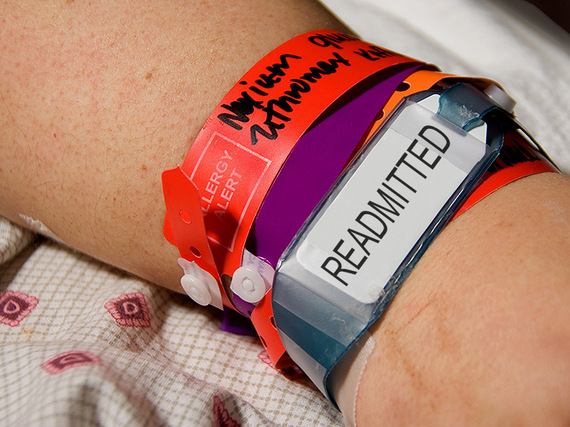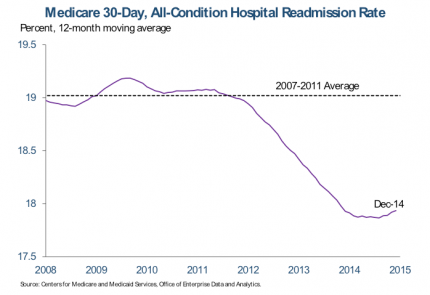
Look into the center of a hospital’s information technology stack, and you’re bound to find electronic health record systems (EHRs) to be the cream of the crop, costing healthcare providers tens to hundreds of millions of dollars for implementation and use. As the core system of record within a healthcare organization, when it comes to providing the 360-degree view on any given patient or patient population, EHRs fall short on giving the complete picture.
The State of Electronic Health Record Systems
It’s no doubt that EHRs are critical to a hospital or health practice. An EHRs’ core capability rests on being able to store significant amounts of patient data records and is used across multiple functions—care quality, finance, and operations—within a health organization. Whether it’s capturing notes on patient encounters, insurance claim information, or data on historical visits, you name it—EHRs are effective in that regard. This, however, is what EHRs were designed to do, and nothing more; to operate as silos of unstructured data.
Storing data and interpreting data are two independent undertakings. It’s important for doctors to be able to distinguish between the two without overspending on time and resources. In order to capture the complete picture on a patient population, clinical and financial departments need a dedicated system that allows for seamless interpretation of patient data, predictability, and personalized patient communication at will. Keep an eye out for the following when looking into a population management solution:
1. Predicting no-shows and patient risks
Tracking historical patient data is fundamental. But what about predicting and planning for the future? As healthcare providers continue to amass increasingly large amounts of patient data from socioeconomic to demographic inputs, not leveraging that data is an opportunity missed. Where EHRs lack, a Personalized Population Management™ can make up in value, as EHRs were not designed to predict future occurrences from their stored data. Doctors need a solution that not only enables them to manage no-show and cancellation rates but addresses dire questions like, Which patients within my population are at-risk? What are the leading factors for my patients’ risks? How can I improve the health of my patient population?
2. The need to engage patients
Doctors and physicians want to spend more time doing what they do best: caring for their patients, not trying to make sense of high volumes of unstructured data. When relying on EHRs for patient engagement, physicians and nurse practitioners can face barriers; meeting personalized demands, usability issues, unnecessary workload. What doctors and physicians seek is a tool that not only gives back lost time from using EHRs but a tool that enables bi-directional patient communication even when patients leave the premise. This calls for a communication medium to be put in place dedicated to engaging patients and helping doctors get what patients need when they need it.
3. Meeting regulatory reporting requirements
One thing is true. It’s becoming much more difficult for doctors to focus on their population. While the rise of the health IT landscape was meant to automate certain tasks, the reality is it’s taking up more and more of a doctor’s time. With new reporting and payment regulations underway, doctors must have a solution fixated to handling this department. EHRs alone aren’t enough and extracting data from these systems can be a daunting task. Orchestrated in alignment, however, EHRs and predictive analytics make a formidable pair. Together as the bread-and-butter of the health IT stack, EHRs and predictive analytics empower healthcare providers to capture data, interpret it for actionable insights—regardless of complexity or magnitude—and help providers with their patients in the continuum of care.
Personalized Population Management does not replace an EHR. Rather, Personalized Population Management complements a robust EHR system. In this new era of healthcare, predictability tied with communication and reporting gives doctors the ability to ultimately improve their financial and clinical outcomes and focus on what matters most, the patient.
The Medicare Access and CHIP Reauthorization Act (MACRA) is underway to completely change how healthcare providers approach medicare payments. Are you ready? Join us as we discuss how to approach MACRA in our upcoming webinar, MACRA: Addressing the Transition.


